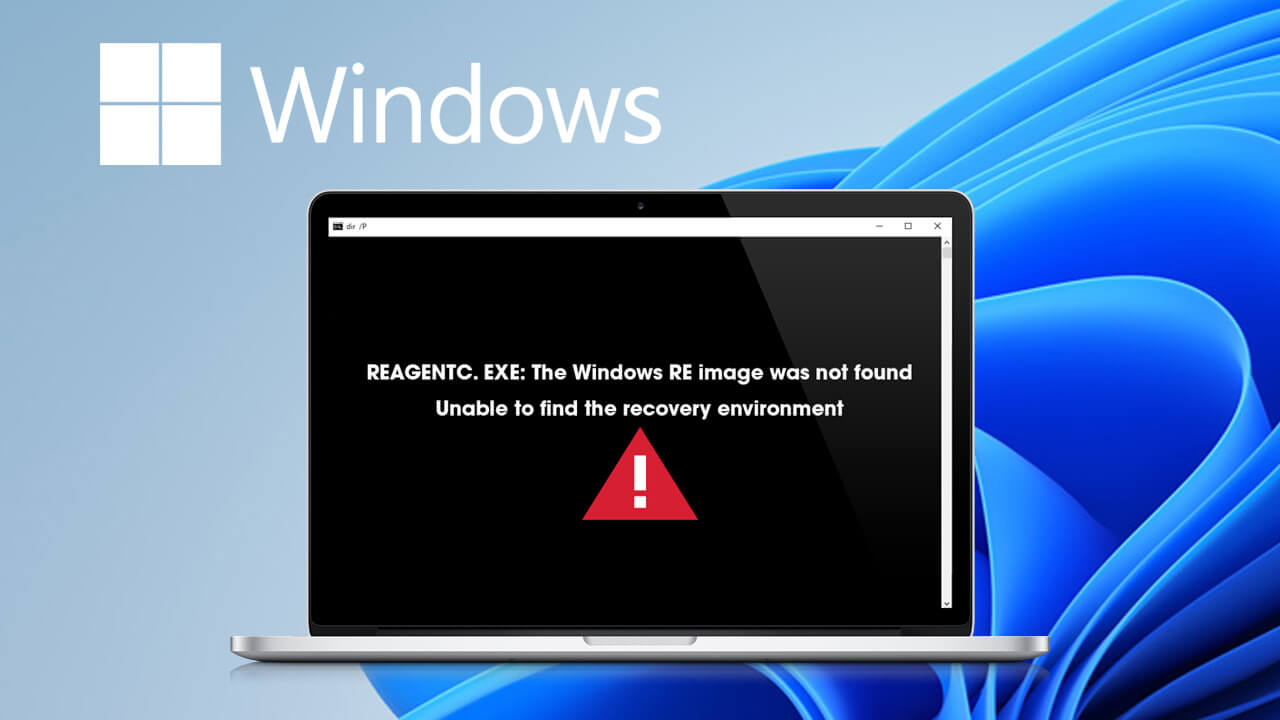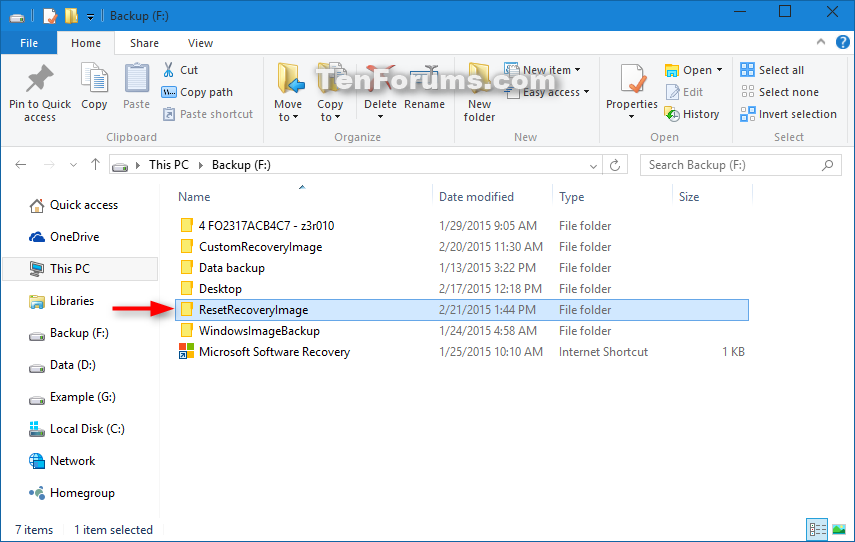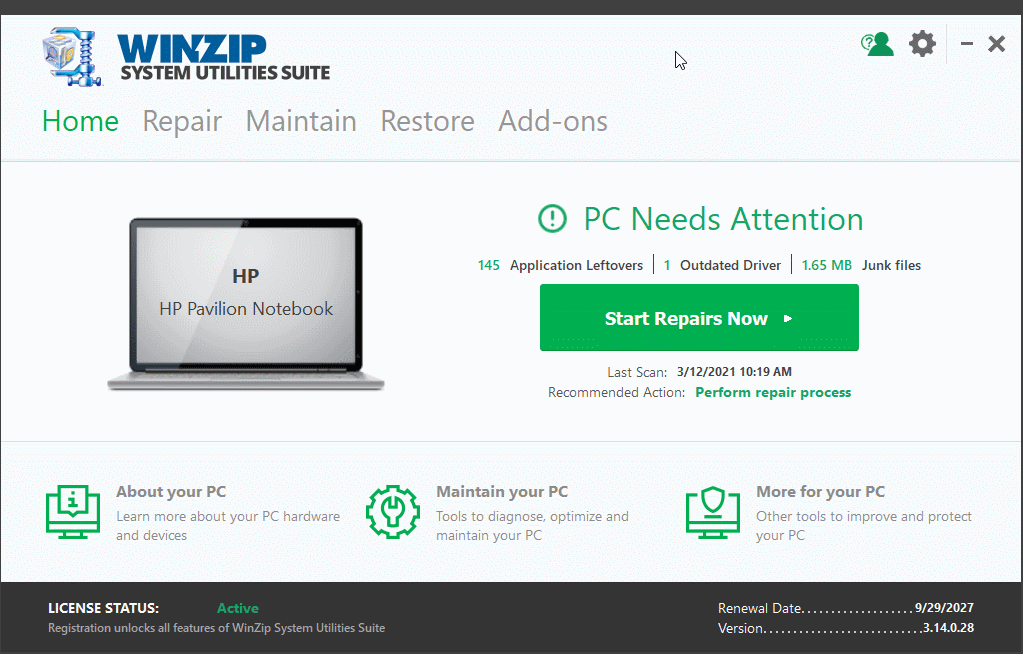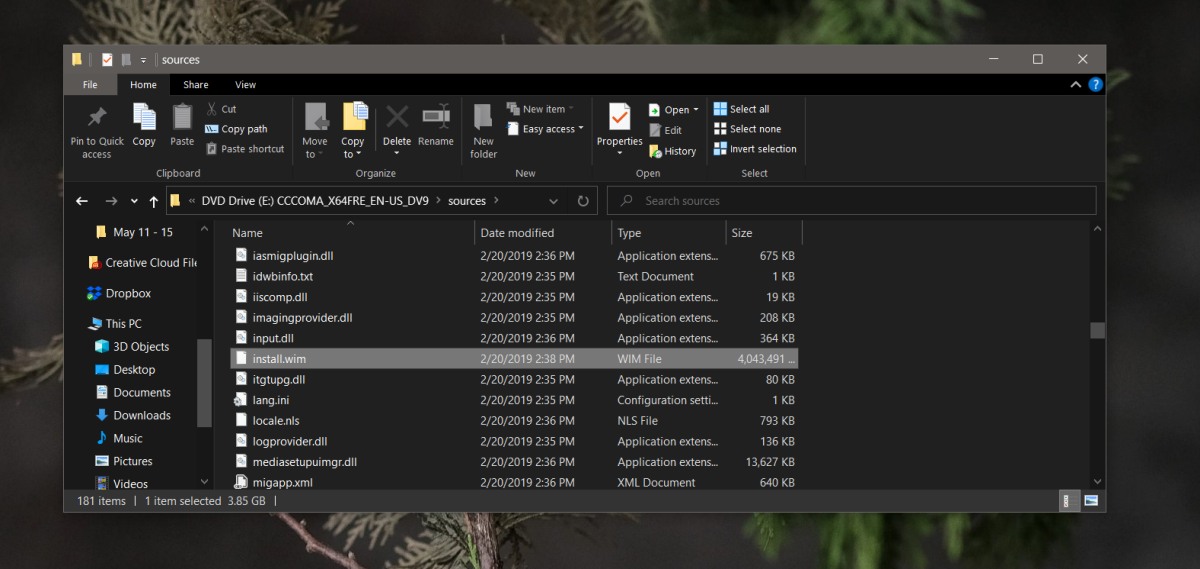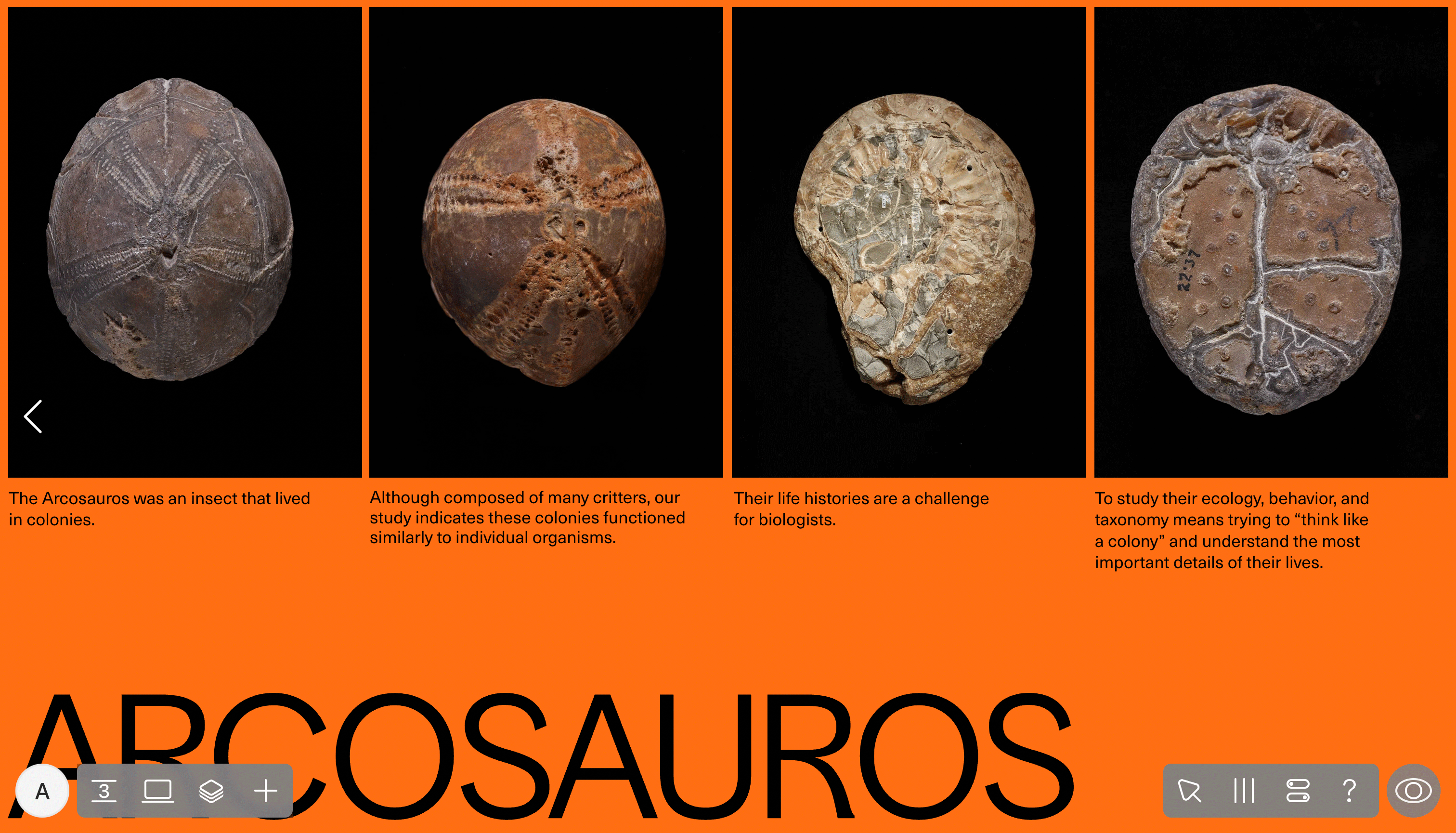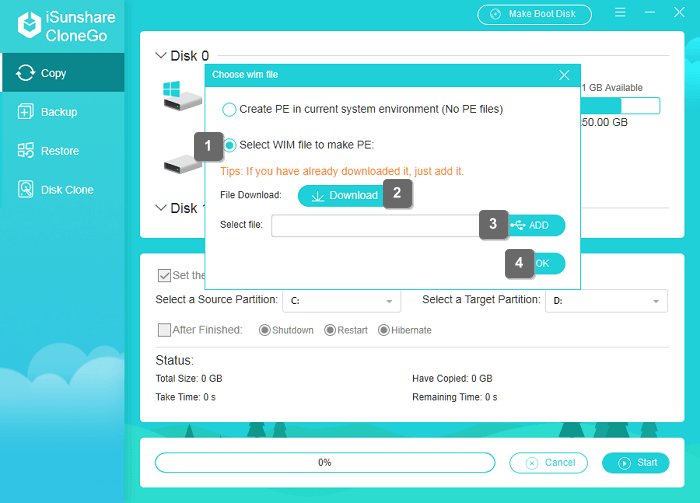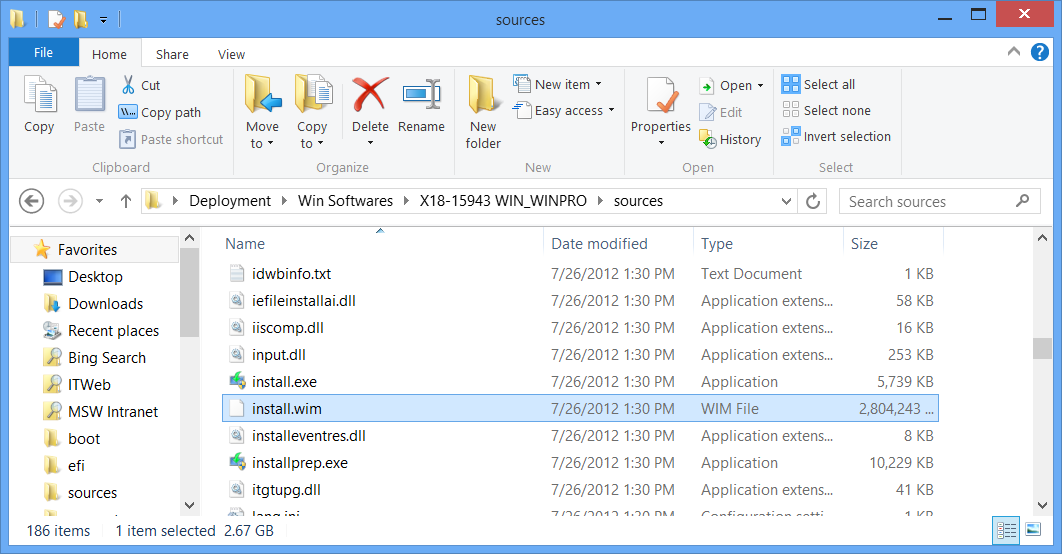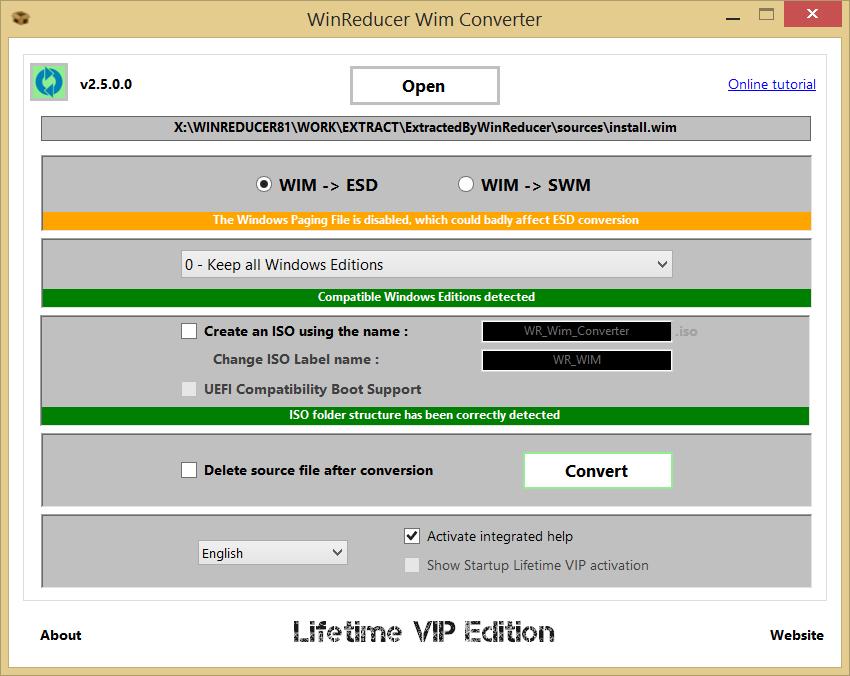Formidable Tips About How To Restore Wim File

It is possible to mount a wim file as a separate drive, using dism.exe.
How to restore wim file. Boot the vm into a windows 7 livecd. Scan system with dism command to scan the system for any corrupted or missing system files, use the below method. I did some googling and came across this which says you can use dism to repair a wim file.
Can not open the file as [wim] archive the file is open as [zip] archive. You need to obtain a copy of the windows 7 petools or the waik, windows automated installation kit. Go to control panel, backup and restore.
You can start with either the install.wim file from a windows distribution iso, or. Since you've mentioned the wim files can't be selected for restore in the usual way and the idea of using command prompt feels daunting, i'll break down the. Click run as administrator under command prompt app.
The native backup and restore tool in windows 10 and 11, also known as “windows 7 backup and restore tool,” lets you backup your files. To download the media creation tool (click on download tool now), with that you can download the latest. Type shutdown /r /o /f /t 00 and press enter.
Since the process requires considerable expertise at a console level, your best bet is to ask a. Reagentc.exe /setosimage /path r:\recovery\windowsre\install.vim /index 1 then when i reboot the computer to recovery environment and select reset this pc. Use the following methods to attempt.
If the livecd has a apartitioning gui. Other suggestions for accessing the.wim. Capture a windows image (.wim) file and use it to deploy windows to new devices.
This enables you to create and boot off of a preinstallation environment. Alternatively, use imagex to mount the wim file to the filesystem, then copy files. The winre.wim file is missing or not at the expected location.
Use a hardware recovery button (or button. They are also used to manage operating system booting. That’s a windows image file extension so you’d have to restore the windows backup image to the new hard drive.
Click start > settings > update & security > recovery > under advanced startup, click restart now.
